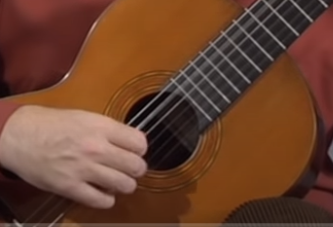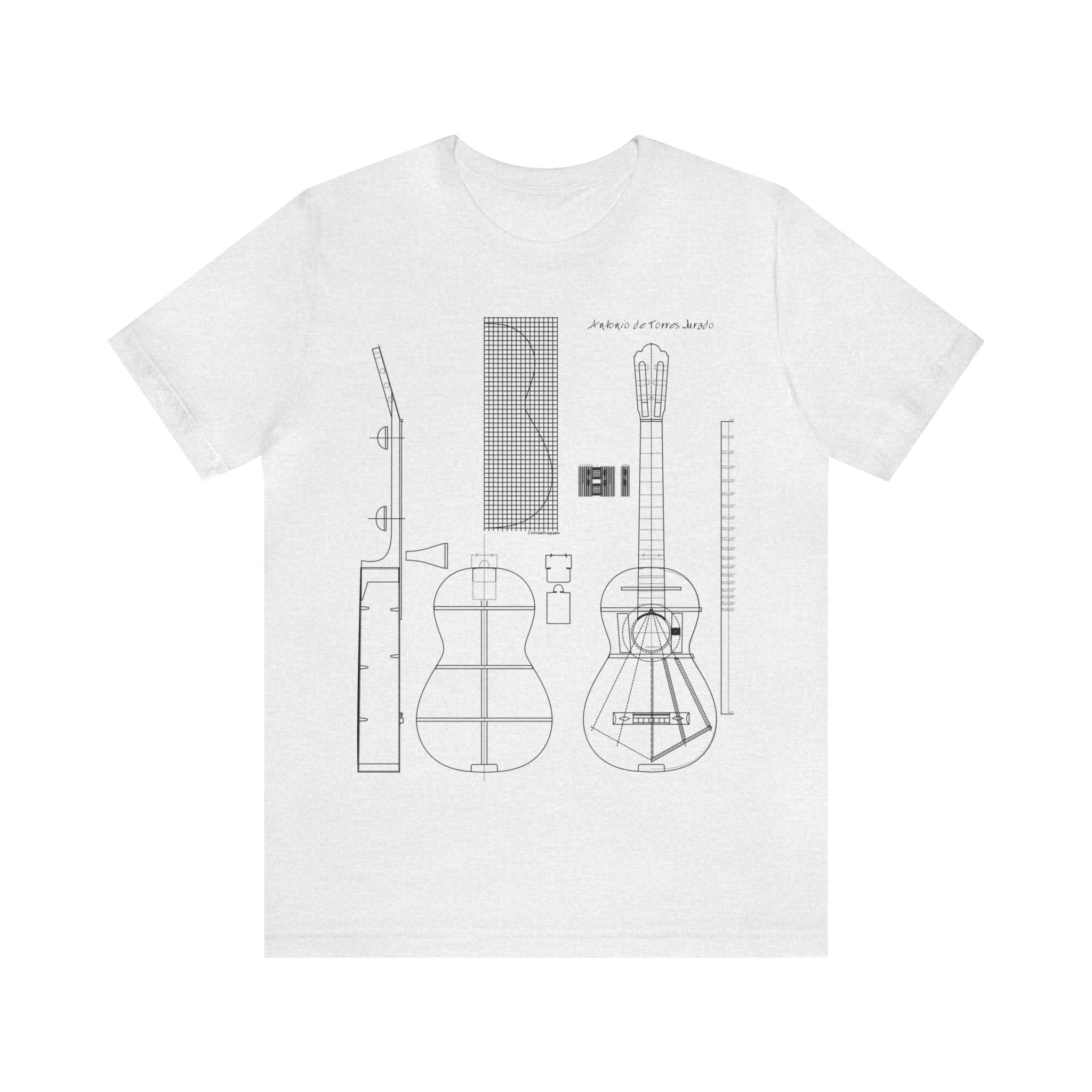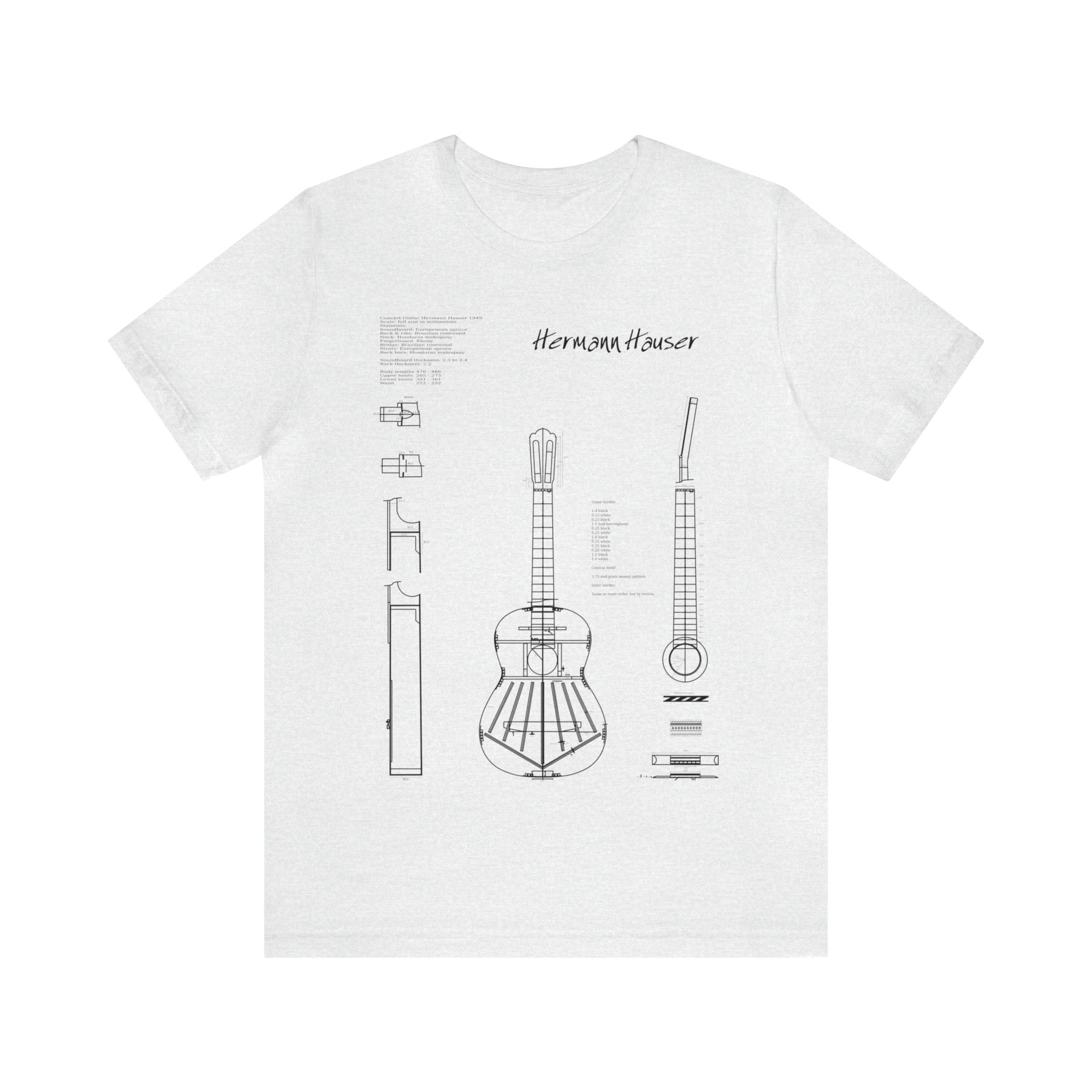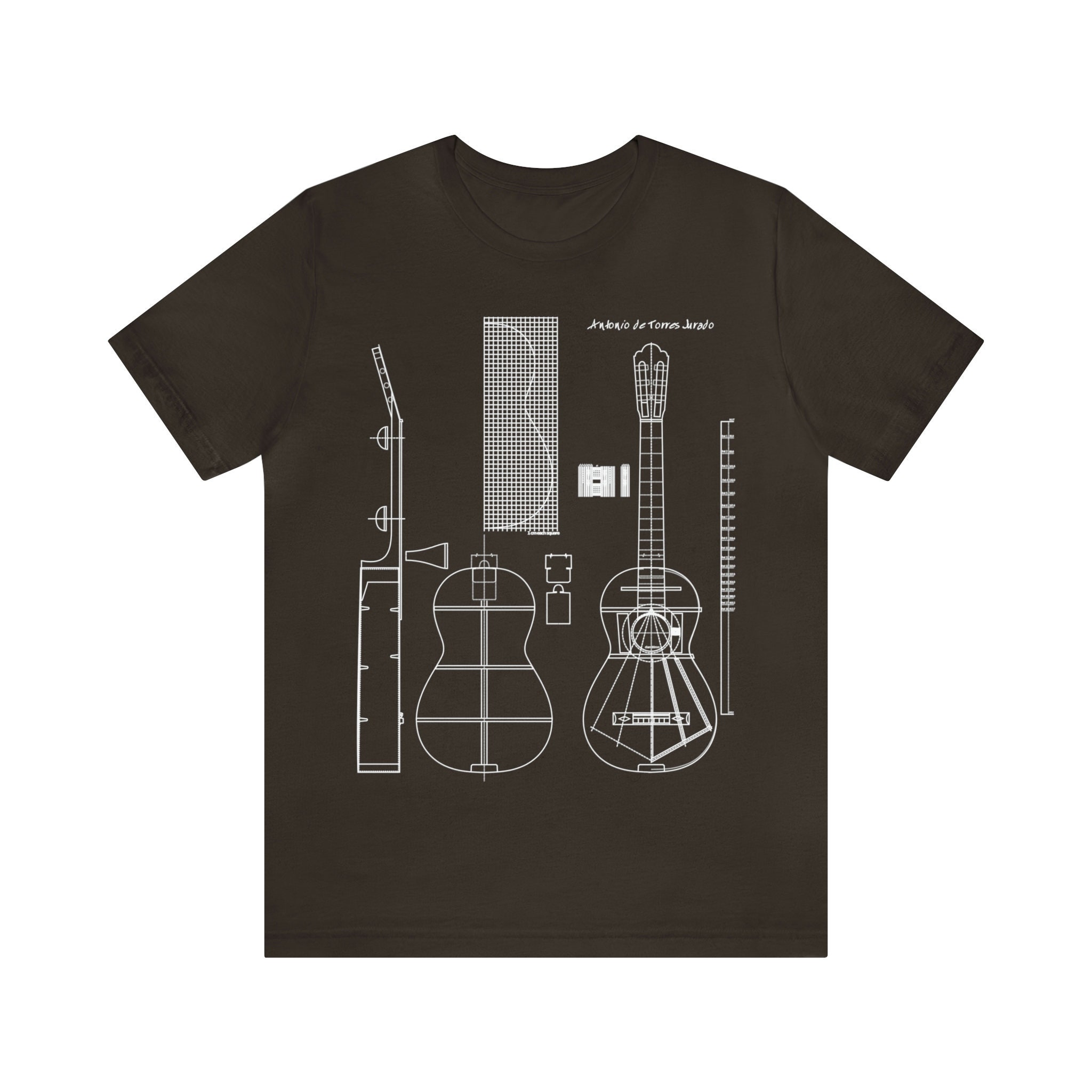Damping is a technique used in guitar playing to stop the strings from ringing and creating unwanted sounds. The goal of damping is to produce a clean and controlled sound by muting the strings that are not in use. There are several methods of damping, including using your thumb, hand, or a mute device to stop the strings from vibrating.
The most common method of damping is using the right hand palm to mute the strings after strumming or picking them. This technique can be adjusted to suit different playing styles and the sound you desire. For example, you can apply more or less pressure to the strings with your palm to control the sustain of the notes.
Guitar playing often involves controlling the sound of notes, especially when they are ringing through and creating unwanted harmony. There are various ways to stop the notes, including using your thumb to mute the string, leaning back with your thumb to kill the sound, playing reststroke, or using a finger from your left hand to dampen the vibration. The most appropriate technique will depend on the situation and some may require more practice than others.
To further elaborate, the thumb notes are an important aspect of guitar playing, and being able to control their sound is crucial for creating good music. The simplest way to stop a note from ringing is to place your thumb back on the string as you prepare for the next note. This works especially well if the next note is going to be on the same string.
If the note to be stopped is on a lower string, you can use a lean-back technique with your thumb to mute the sound before playing the next note. This technique is easier for players with a lower wrist as the side of the thumb is closer to the string. High-wrist players may need to lean back more to effectively kill the sound.
You can use the reststroke technique, where you pluck the string in a downward motion. This technique can be easier for some players but may require more practice for others, especially if you need to play multiple notes at the same time.
Another method of damping is using the left hand fingers to stop the strings from ringing. This technique is especially useful when playing chords and is often used in fingerstyle playing. By carefully positioning your left hand fingers, you can effectively mute the strings that are not in use and produce a clean and controlled sound.
This technique is useful when there is a spare finger available to mute the vibration.
In addition to the techniques mentioned, there are other methods that can be used to control the sound of your guitar. For example, some players will use their right hand palm to mute the strings and stop them from ringing. This technique is especially useful for fast passages or when playing chords.
Remember that controlling the sound of your guitar is not just about stopping unwanted notes from ringing, but also about creating the desired sound and atmosphere in your music. Experimenting with different techniques and finding what works best for you is an important part of becoming a skilled guitar player.
Continue practicing and refining your techniques to improve the sound of your guitar. Learning from experienced guitar players, watching instructional videos, and attending lessons can also be beneficial. With time and practice, you will be able to better control the sound of your guitar and produce the music you desire.
Overall, damping is an important aspect of guitar playing and requires practice and experimentation to master. By learning and refining different damping techniques, you can improve the sound of your guitar and produce more polished music.
Classical Guitar






